On May 7, 2025, the mendicant friar Father Cardinal Robert Francis Prevost, son of Louis Marius Prevost and Mildred Agnes Martinez, became Pope Leo XIV. As the news traveled, a flood of memories stirred in my heart. In the early 1980s, we were students at the Catholic Theological Union in Chicago (CTU). He was in his final year; I was in my first. We shared academic space and the corridors where we were formed in the bold and faithful spirit of Vatican II. I confess that I really do not remember him. I imagine I might have seen him in the library, the cafeteria, or at one of our parties. I could not have imagined then that any of us at CTU would one day become the successor of St. Peter.
Grace works quietly, and the Spirit blows where it will. The Holy Spirit moved the new pope to call himself Leo XIV, a name that carries many layers of significance, and that connects the new pope’s legacy with that of his predecessor, Francis.
In Franciscan memory, a friar named Brother Leo was Francis’s dearest companion. Even though his name meant lion, Francis lightheartedly called him his “little lamb.” He followed Francis into the solitude of Mount La Verna and wrote down his most intimate teachings, including his admonitions and Rules at Fonte Colombo. Brother Leo became a faithful steward of il Poverello’s legacy after Francis’s passing. He did not imitate Francis in every gesture but remained faithful to the spirit and ideology he had received from his close friend. He kept the flame of the gospel alive in his distinct voice.
The name “Leo” carries other resonances, too. It invokes the memory of the first Pope Leo. Leo the Great (400–461) is remembered for his lion’s strength and valor. He helped define the church’s christological teaching at Chalcedon, speaking with a faithful and fearless voice on the hypostatic union of the two natures of Christ. Leo showed his lion courage when he persuaded Attila the Hun not to invade Italy in 452.
Another Leo who showed lion strength and courage was Pope Leo X (1475–1521). He was a Renaissance pope who made Rome the cultural center of Europe and renewed the religious nature of the papacy. He lived in turbulent times, dealing with a church desperately needing reform. The Franciscan family saw his lion’s courage when he approved the controversial Franciscan sister Juana de la Cruz Vasquez Gutierrez as the official pastor of her town’s local parish. Her sermons and teachings became a source of theological reflection for the Spanish Friars Minor for a couple of centuries. She was beatified in 2024 by Pope Francis.
However, Leo the Great and Leo X did not inspire Cardinal Robert Francis to take the name. Matteo Bruni, director of the Holy See Press, confirmed that Leo XIV is a deliberate reference to Pope Leo XIII, author of the 1891 encyclical Rerum Novarum (On Capital and Labor), a roar that called for justice. Bruno affirms it is “clearly a reference to the lives of men and women, to their work.” With a lion’s audacity, Leo XIII opened the church’s heart to the dignity of laborers during the Second Industrial Revolution. He is the “pope of workers” who prompted the development of Catholic social teaching.
Leo XIII was also a secular Franciscan and a great promoter of the Third Order of St. Francis. He provided a new rule for secular Franciscans, whom he saw as societal evangelizers. In 1897, Leo XIII, with the Apostolic constitution Felicitate quadam, healed a long-standing rift in the Friars Minor, reuniting its various observances and divisions under one banner of gospel life. His act was not one of constraint but of reconciliation, not by force, but by fidelity to Francis of Assisi’s original vision in the spirit of his intimate companion, Brother Leo.
Now, in our fragmented age, Pope Leo XIV bears that same responsibility. He can call us to a harmonious unity that holds diversity, equity, and inclusion as standards of social teaching in a church that sings with many voices but one heart. Brother Leo, St. Clare, and other of Francis’s early companions reminded us that St. Francis wanted Laudato Si’ sung by all creatures as brothers and sisters in the Canticle of the Creatures. It is my hope that Pope Leo XIV will, in his way, uphold Pope Francis’s Laudato Si’ (On Care for our Common Home), Fratelli Tutti (On Fraternity and Social Friendship), and other socio-spiritual teachings.
The name Leo carries a paradox woven into Christian tradition. In his City of God, St. Augustine refers to Christ as the lion of Judah, the king who conquers, and the lamb who was slain. For Augustine, the lion is fierce and wise, strong and gentle, just as the lamb of God, who, as the Good Shepherd, is both defender and servant.
For Saint Francis of Assisi, Jesus, our brother, bore the same paradox: meek in his poverty and minority, yet almighty and glorious in his mercy. The crucified is both lamb and lion—silent in suffering, radiant in resurrection. Pope Leo XIV now inherits this mystery, and I pray he may live it boldly: to roar when truth demands it, and to whisper when love requires it.
In recalling the social justice legacy of the secular Franciscan Pope Leo XIII, Pope Leo XIV can echo the various Leos: Leo the Great in defense of the faith; Leo X in the promotion of women in the pastoral ministry of the church; and Francis’s little lamb, Leo, in affection for his predecessor. May he be a pope who is both guardian and guide, fierce in defending the margins and gentle in drawing near to the brokenhearted, the oppressed, and the marginalized.
In his first public appearance, Pope Leo XIV referred to the memory of Pope Francis. He recalled his predecessor’s final Easter Sunday blessing and added, “Allow me to continue that same blessing.” In the spirit of Pope Francis, he invites all the faithful without fear to be “in the hands of God,” to “go forward” as “disciples of Christ” to a world that “needs His light.” He invites the missionary church “to build bridges with dialogue and encounter so we can all be one people, always in peace,” “always open to receiving with open arms for everyone.”
As Pope Leo XIV stood at the loggia on May 7, I could scarcely believe that one of us mendicant friars who had studied at CTU had just become the successor of St. Peter. I pray we may see in him a Leo who, like a lamb, walks barefoot through the vineyard of the Lord and who, like a lion, has a mighty roar tempered by compassion. May he be a Leo who lives close to our sister, mother earth, yet speaks with the seraphic fire of heaven.
May the Holy Spirit, who inspired both St. Francis and Pope Francis to rebuild what was crumbling, now guide Pope Leo XIV to strengthen what remains and birth to Christ in the hearts of the church and the world. May the Holy Spirit help him live St. Augustine’s words, “With you I am a Christian, for you a bishop.” And may Santa María, the Virgo Ecclesia Facta, the Virgin made church, wrap him in her mantle of virtues and intercession.
Pax et Bonum, dear brothers and sisters. Peace and well-being to all.
Image: WIkimedia Commons/Edgar Beltrán (CC BY-SA-4.0)


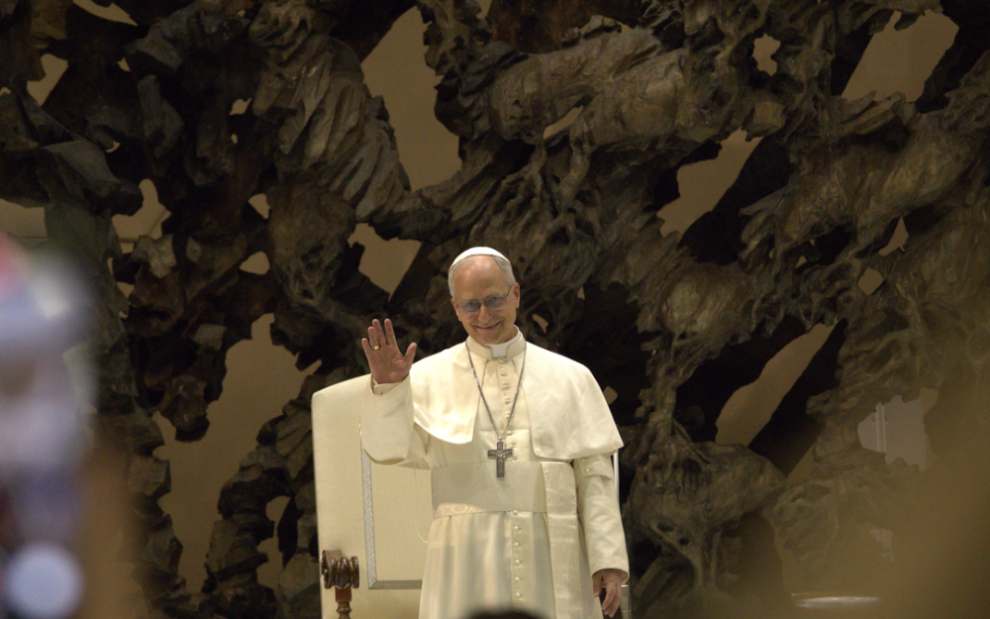



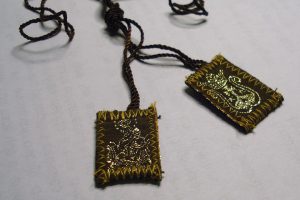
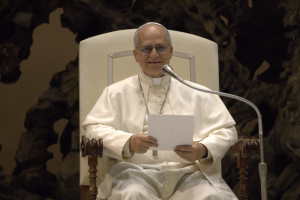
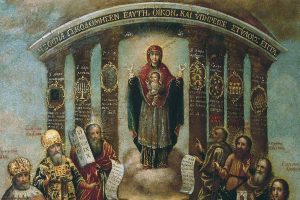


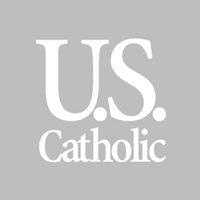


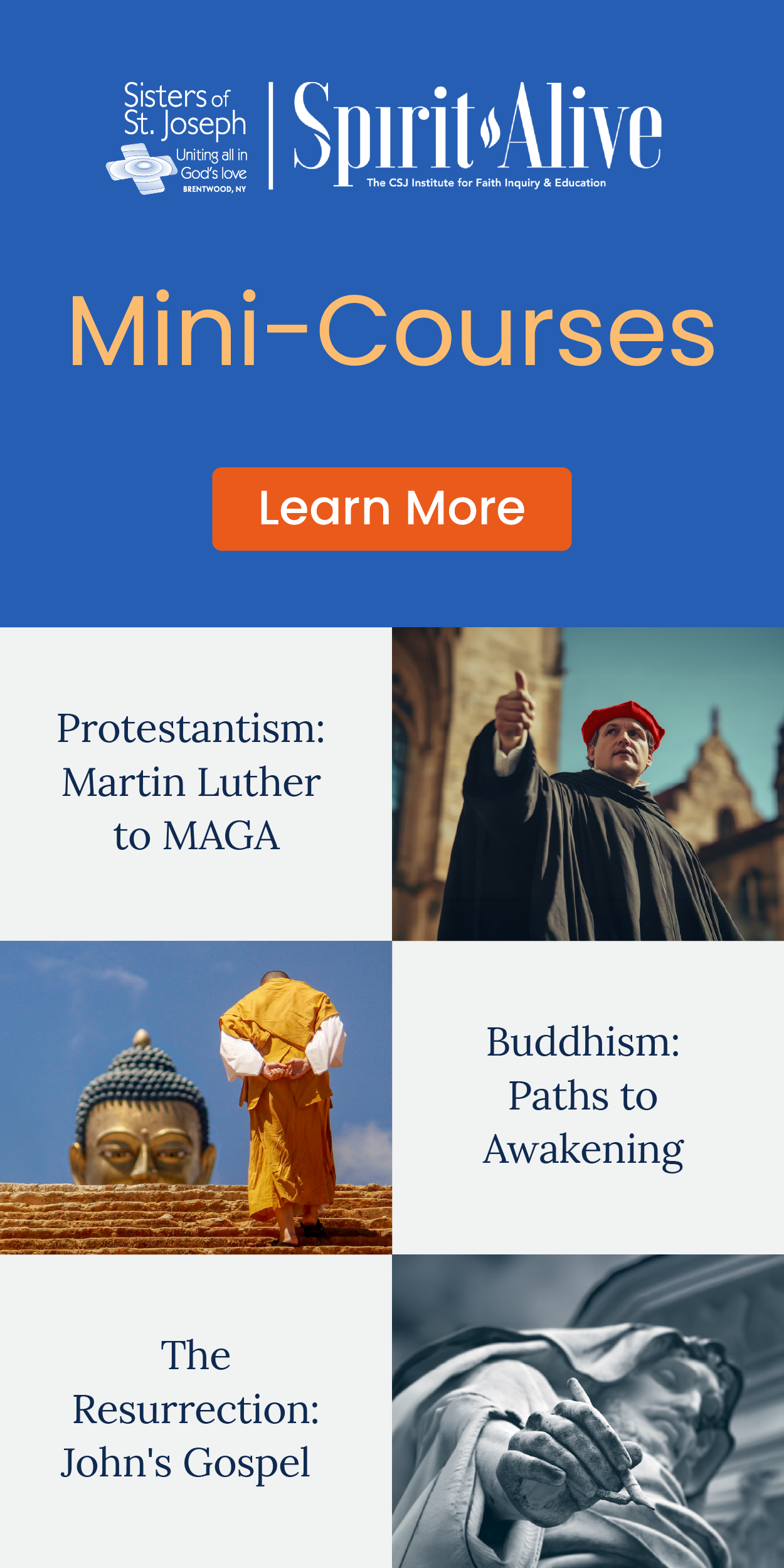
Add comment